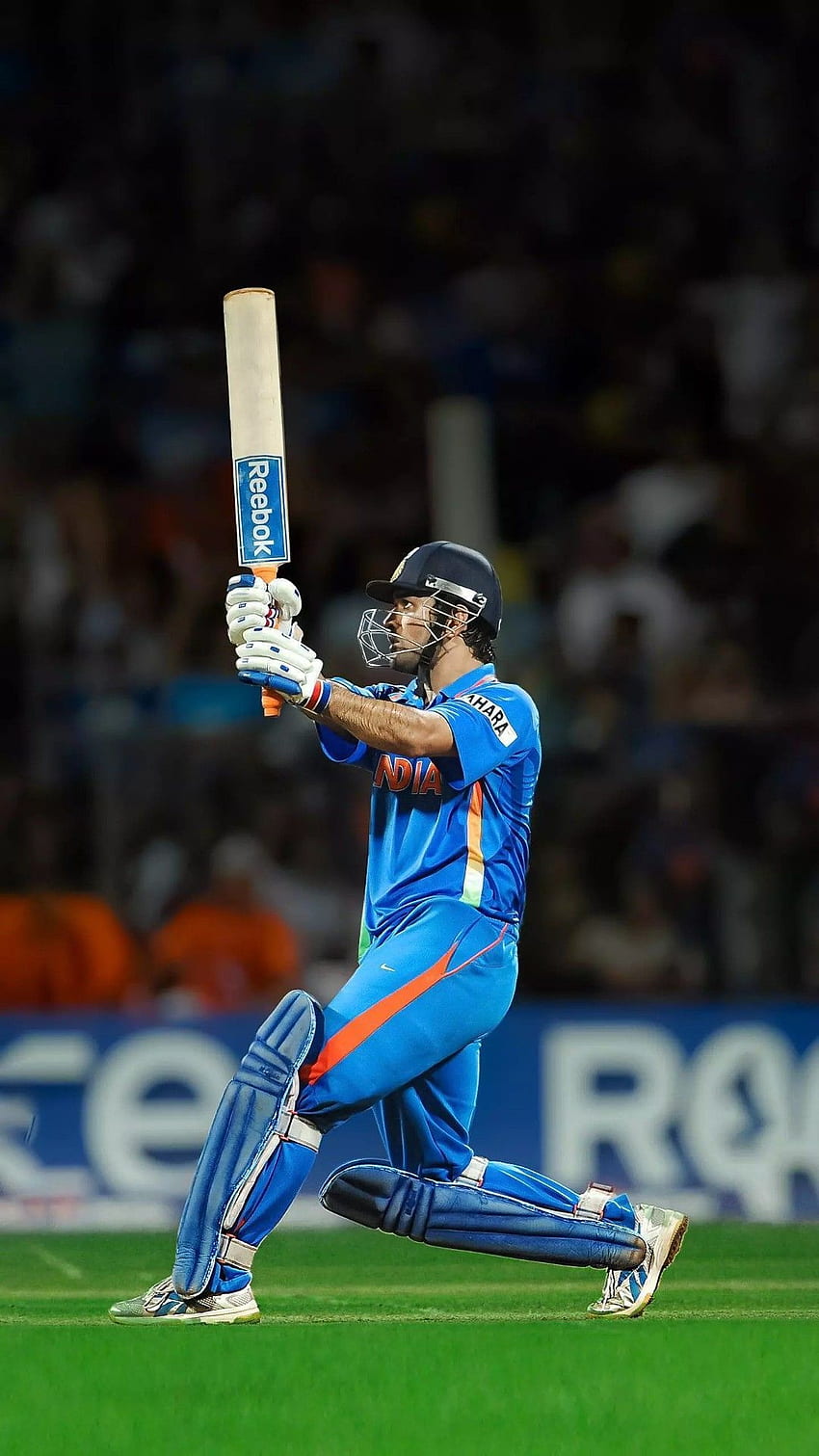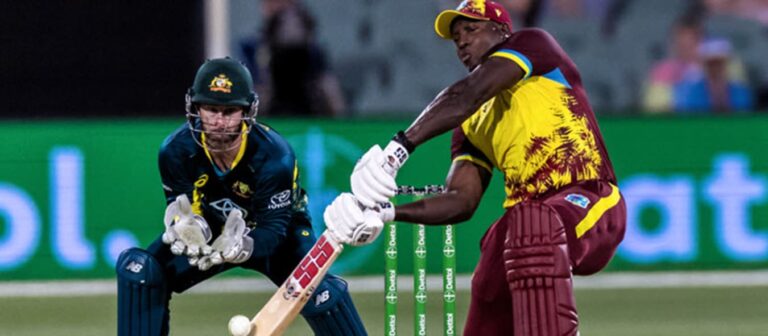Understanding the concept of odds in cricket betting
99 Exchange Bet, Mazaplay:Cricket betting odds refer to the probability of a certain outcome occurring in a cricket match. These odds are set by bookmakers based on various factors such as team strength, player performance, weather conditions, and other variables that can influence the outcome of the game.
Understanding cricket betting odds is crucial for punters looking to place successful bets. The odds help bettors assess the likelihood of a particular event happening and determine the potential winnings they could receive based on their stake. Essentially, cricket betting odds serve as a reflection of the perceived probability of a specific result, enabling bettors to make informed decisions when placing their bets.
How are cricket betting odds calculated?
Cricket betting odds are calculated by considering various factors that can influence the outcome of a match or event. Bookmakers analyze team performances, player statistics, weather conditions, pitch conditions, and other relevant variables to determine the probability of different outcomes. These probabilities are then converted into odds that represent the potential payouts for each betting option.
One common method used to calculate cricket betting odds is the “implied probability” approach. Bookmakers assign probabilities to each possible outcome based on their analysis and then convert these probabilities into odds. The odds are adjusted to ensure that the total implied probability of all outcomes is higher than 100%, allowing the bookmaker to make a profit regardless of the actual result.
Different types of odds in cricket betting
In cricket betting, odds play a crucial role in determining the potential payout for a bet. There are primarily three types of odds commonly used in cricket betting: decimal, fractional, and moneyline. Each type of odds presents the likelihood of a particular outcome and helps bettors make informed decisions.
Decimal odds are the most straightforward and popular format in cricket betting. They represent the potential payout for every unit wagered, with the total payout including the original stake. For example, if a team is listed at odds of 2.50, a bet of $100 could potentially return $250, including the original $100 stake. Fractional odds, on the other hand, display the potential profit relative to the stake. For instance, odds of 3/1 mean that for every $1 staked, a profit of $3 could be gained if the bet is successful. Moneyline odds, commonly used in American sports, indicate the amount required to win $100 on a favorite or the potential profit on an underdog. Understanding the different types of odds is essential for bettors to grasp the potential returns and make calculated decisions when wagering on cricket matches.
What are cricket betting odds?
Cricket betting odds are numerical representations of the likelihood of a certain outcome in a cricket match. They indicate the amount of money you can win if your bet is successful.
How are cricket betting odds calculated?
Cricket betting odds are calculated by bookmakers based on various factors such as team form, player performance, weather conditions, and historical data. The odds are adjusted based on the amount of money bet on each outcome.
What are the different types of odds in cricket betting?
There are three main types of odds in cricket betting – fractional odds, decimal odds, and American odds. Fractional odds are typically used in the UK, decimal odds are more common in Europe and Australia, and American odds are used in the United States.
How do I read cricket betting odds?
In fractional odds, the first number represents the amount you can win from a bet, while the second number represents the amount you need to stake. In decimal odds, the number represents the total amount you will receive if your bet is successful. In American odds, a positive number indicates how much you can win from a $100 bet, while a negative number indicates how much you need to bet to win $100.







